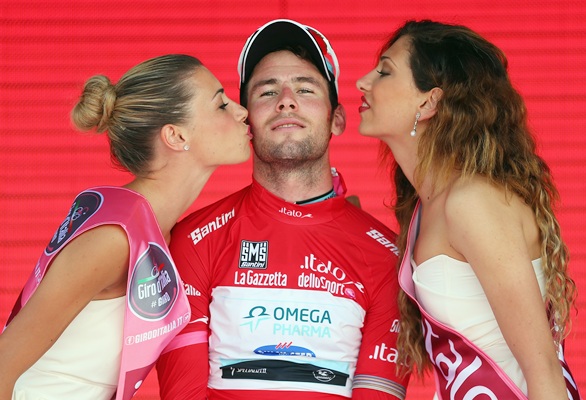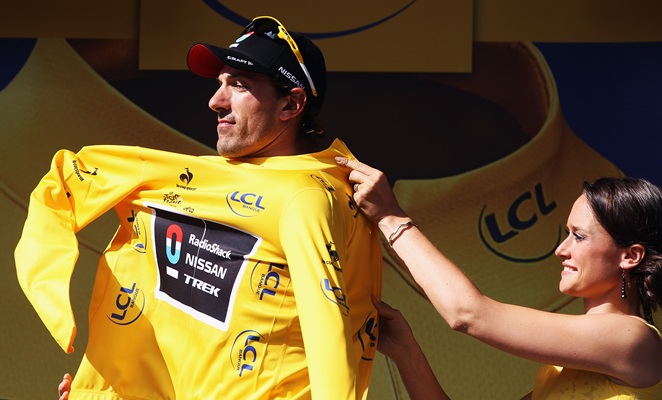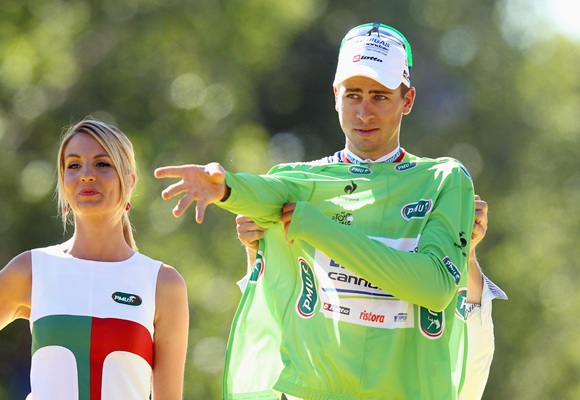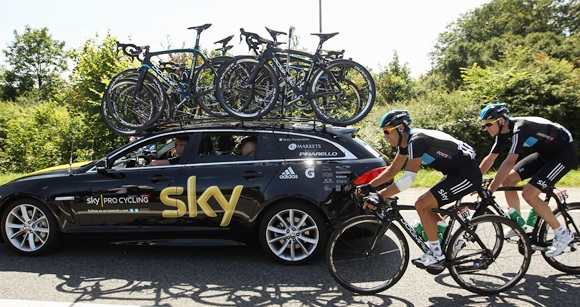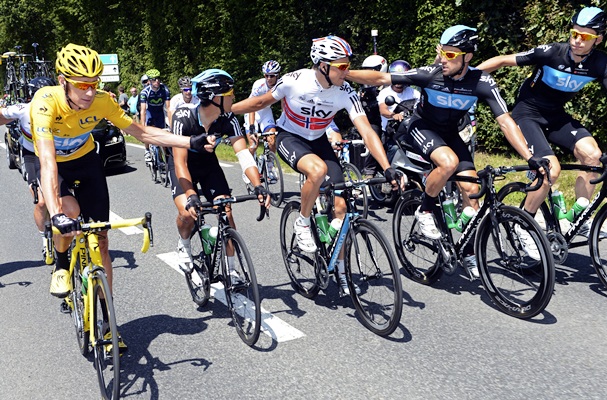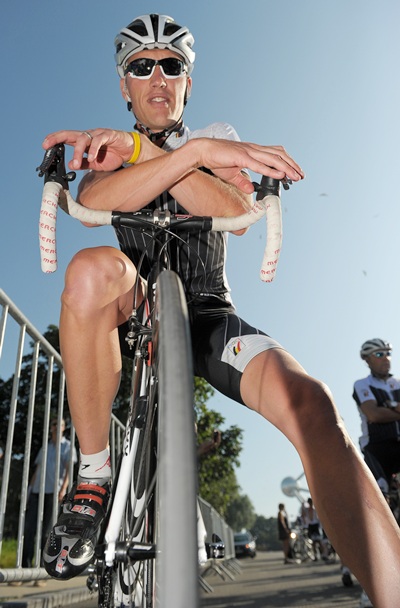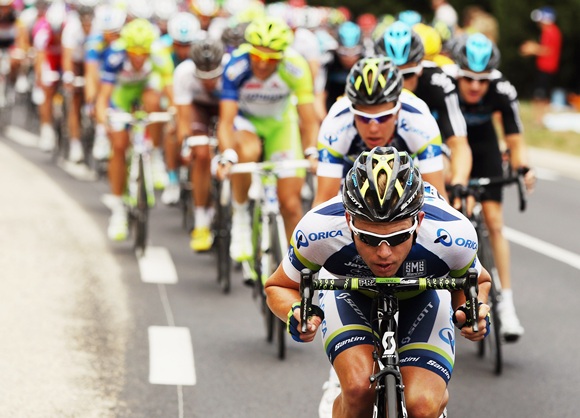 | « Back to article | Print this article |
PHOTOS: The Tour De France for beginners
A beginners guide to the Tour de France, which starts on Saturday:
Why will Mark Cavendish never win the Tour de France?
Because the Briton, one of the best sprinters in the world, is not a good climber. Since 1913, the final standings of the Tour have been based on the overall time clocked by each rider, adding the time of each stage.
Time gaps in mountain stages are far bigger than in flat stages, giving climbers a huge advantage over sprinters. On the other hand, climbers, who are usually diminutive and light, often lose time in individual time trials, which favour powerful riders.
In the last few years, the event has been won by climbers - Oscar Pereiro, Alberto Contador and Carlos Sastre - yet most great Tour riders are all-rounders, performing well in both time trials and mountain stages. The last two champions, Bradley Wiggins and Cadel Evans, are good examples of this.
PHOTOS: The Tour De France for beginners
Why is the Tour overall leader's jersey yellow?
In 1919, Tour organisers decided the race leader should wear a special jersey making him easy to identify by spectators. They picked yellow as it was the colour of the paper on which L'Auto, the sports daily sponsoring the race, was printed.
PHOTOS: The Tour De France for beginners
What is the green jersey?
It is the jersey awarded for the points classification and a great consolation prize for sprinters as they usually win more stages, albeit by a slimmer margin.
Points are awarded to the top 20 finishers in each stage; the rider finishing with the most points wins the jersey. The record green jersey winner is German Erik Zabel, who won it six times.
It was introduced 60 years ago to spice up the race.
PHOTOS: The Tour De France for beginners
What is the polka dot jersey?
It is the jersey awarded to the best climber of the Tour or 'King of the Mountains'. Points are awarded at the top of each hill or mountain, which are rated from fourth to first category depending on their difficulty. Some exceptionally tough climbs, such as l'Alpe d'Huez or Mont Ventoux, are rated "hors categorie" (out of category).
The polka dot design was chosen as it was the same as one of the jersey's sponsors. The record winner of the King of the Mountains jersey is Frenchman Richard Virenque, who earned it seven times.
PHOTOS: The Tour De France for beginners
Why do riders often finish in the same time?
Because only seconds are taken into account in the overall standings and not fractions of seconds. It is the convention in road cycling that all the riders included in the same group are given the same time on the finish line regardless of whether they are at the front or the back.
Another rule, applying only to flat stages, states that a rider who crashes in the last three kilometres will be awarded the same time as the group he was in before crashing.
PHOTOS: The Tour De France for beginners
Cycling is an individual sport so why are there teams?
The Tour is raced by 20 teams of nine riders. Each team usually includes a leader -- the man with the best chance for the final classification -- sprinters, climbers and every type of rider who can help the team to win a stage, take a jersey and bring home prize money.
When some 200 competitors are cycling in a bunch at around 50 kph, the riders at the front waste much more energy than the ones immediately behind, who are sheltered from the headwind.
This is why team mates are often seen riding ahead of their leader - they are protecting him from the wind.
Team mates often act for their leaders in other ways, passing on one of their wheels if he punctures or picking up bottles and bags at the feeding zone.
PHOTOS: The Tour De France for beginners
What is a "bordure"?
Also called an echelon, it is one of the nightmares of the peloton. When the wind is strong and blowing sideways, it can split the riders into little groups which are no longer sheltered inside the main bunch. They lose contact, find themselves on the most exposed side of the road and can lose considerable time. It happened to Alberto Contador in 2010 in a stage finish in La Grande Motte.
PHOTOS: The Tour De France for beginners
What is the "omnibus?"
Also called the "gruppetto" (Italian for small group), it is the group formed by poor climbers in the mountain stages to help each other make it to the finish line at a reasonable pace, but inside the time limits.
PHOTOS: The Tour De France for beginners
How do riders pee?
Spending some five hours on the bike, riders sometimes have to urinate during a stage. If the race is raging at full speed, riders do so on their bikes but most of the time they stop early in the stage when the pace is leisurely.
It is an unwritten rule of the peloton that you do not attack when a rider or a group has stopped to urinate.
PHOTOS: The Tour De France for beginners
What is a domestique?
A domestique, or "gregario" is a rider who is not allowed any personal ambition on the race. He is picked for his ability to set the pace, suffer to the limit and drop out when his task is done. He is also expected to slide to the back of the bunch to fetch bottles, give his bike to his leader if necessary. Some riders, like Alberto Contador, have long-time, dedicated domestiques (or gregari).
